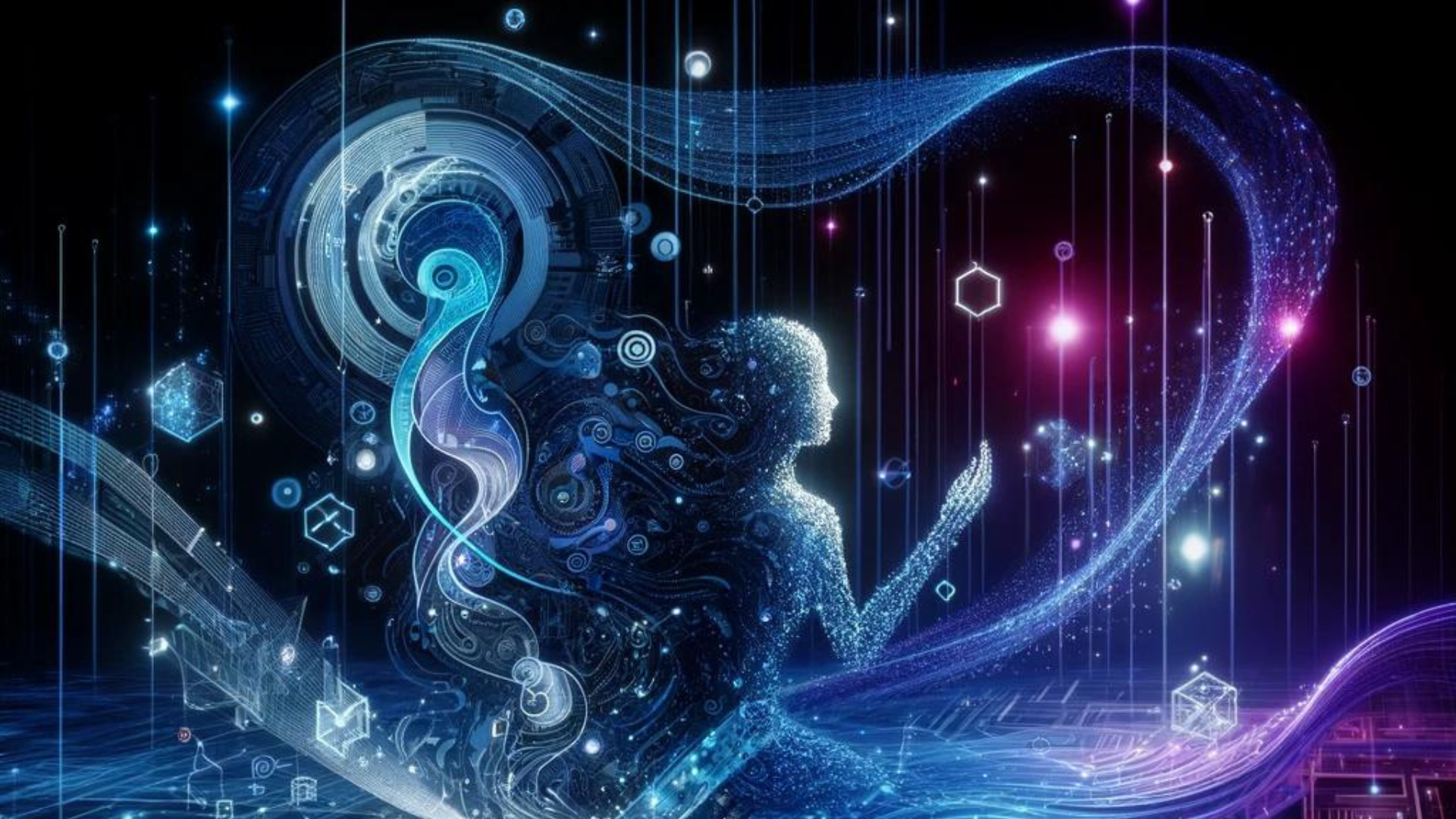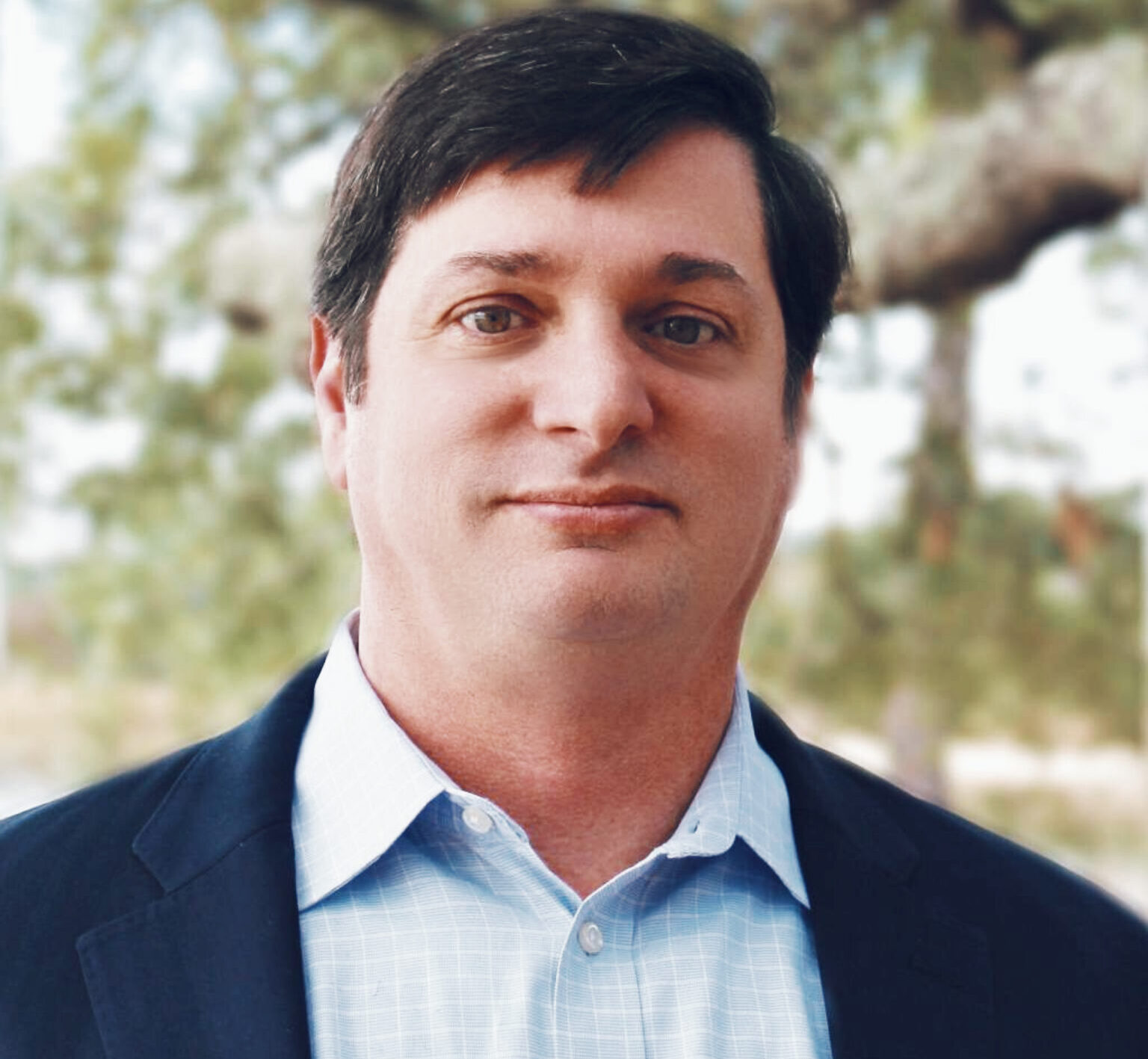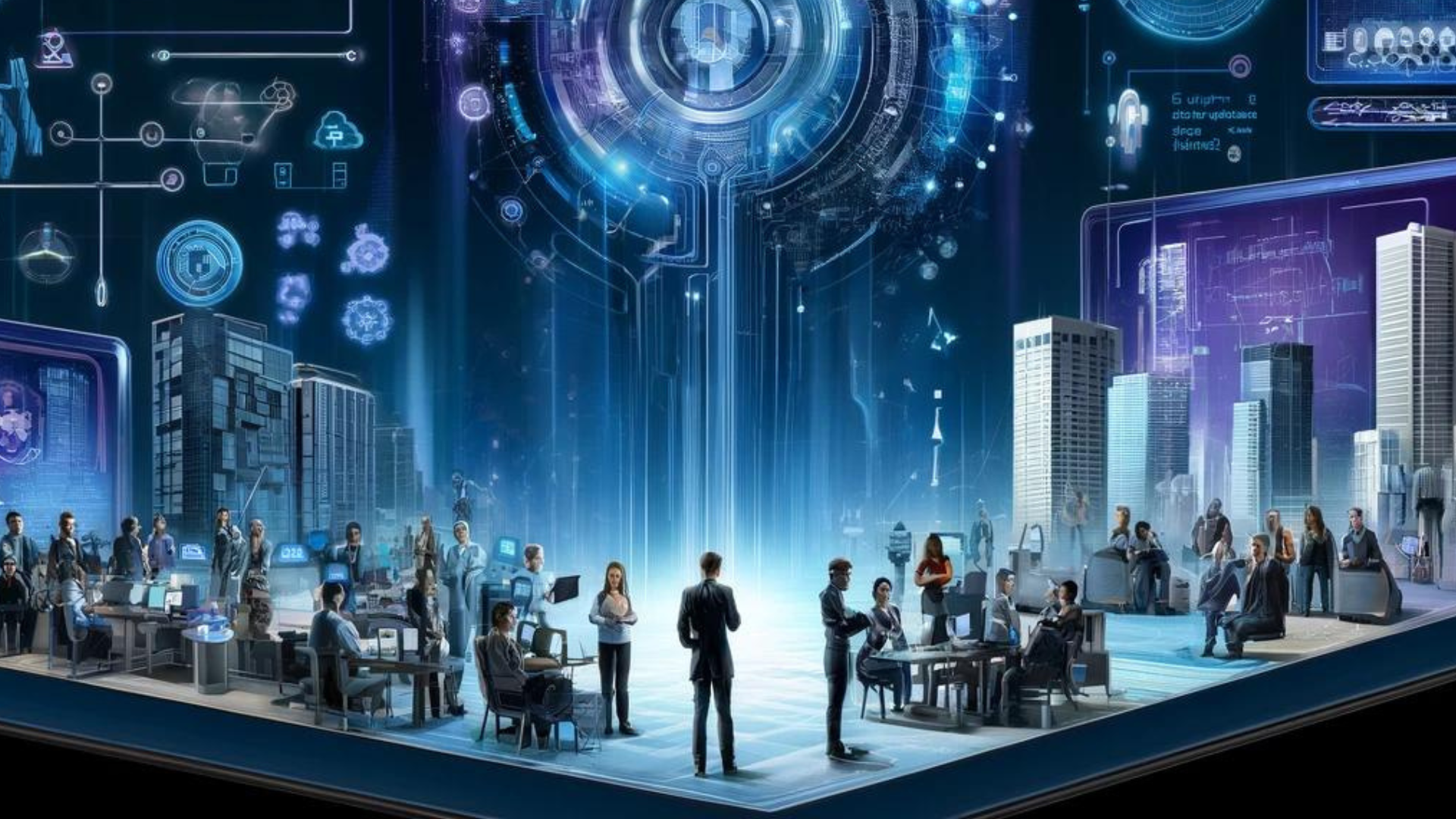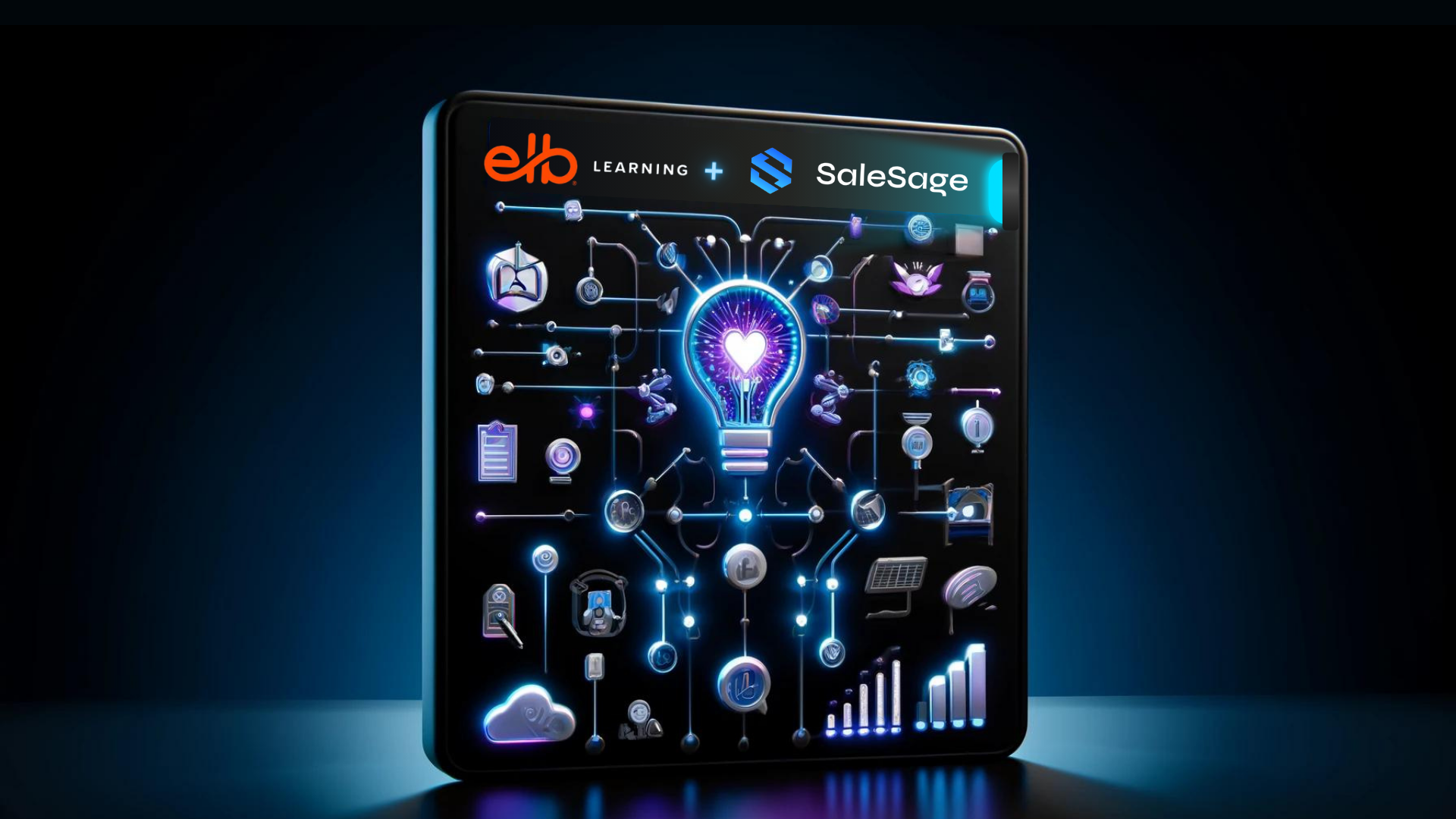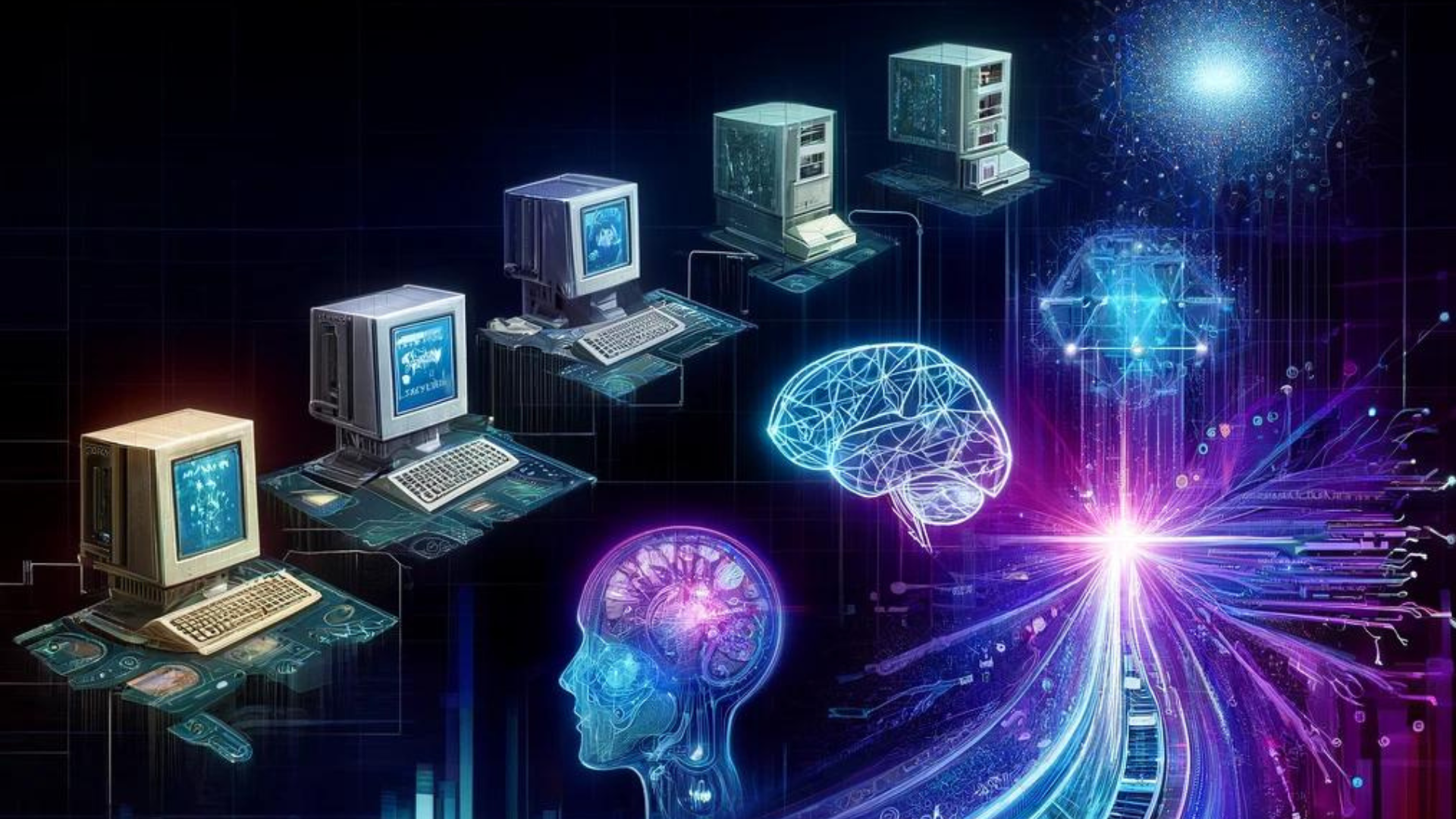This article was originally published on HR.com.
Today’s world of human resources (HR) is ever more dramatic with the entrance of artificial intelligence (AI). The modern workplace feels like a theater where AI and Human Intelligence (HI) are the principal performers, each bringing unique attributes. AI offers unmatched data analysis and automation capabilities, akin to a violin’s precision, while human creativity, empathy, and strategic insight resemble the rich tones of a cello.
HR professionals play the pivotal role of tuning this duo, harmonizing their strengths to produce a cohesive outcome where technology elevates human potential instead of eclipsing it. Let’s explore how HR professionals can direct this orchestration to strike the perfect chords.
Understanding the AI-HI Symphony
Think of the modern workplace as a stage where AI and HI are the star performers, each with their own special flair. AI brings to the table its incredible data analysis and automation skills, pairing like a violin with the cello’s depth – human creativity, empathy, and strategic insight. HR professionals have the critical role of fine-tuning this duo, ensuring they play off of each other’s strengths to produce a harmonious outcome where technology amplifies human potential rather than overshadowing it.
Here’s a three-step tempo to begin hitting the right notes.
- Orchestral Casting and Composition: Just as a maestro selects the perfect musician for each part of the symphony, HR can assign AI and human roles based on their unique strengths. This involves fine-tuning the workplace ensemble, placing AI in roles best suited for data analysis and repetitive tasks, while humans take the lead in areas requiring creativity and emotional intelligence. This strategic casting ensures a performance where technology and talent enhance each other, creating a seamless melody of productivity.
- Harmonious Education and Rehearsal: Reflecting the way a conductor educates and guides their musicians, HR should develop and implement training programs that help employees harmonize with AI tools. By conducting workshops and interactive sessions, employees can learn to 'play alongside' AI, understanding its rhythm and how to integrate its capabilities into their daily work symphony, enhancing the overall performance of the company orchestra.
- Cultural Symphony and Conducting Ethics: In orchestrating a workplace where AI and humans collaborate in harmony, HR must establish a culture that values the ethical use of technology, transparency, and teamwork. Like a conductor who ensures each section of the orchestra plays in unity while respecting the individuality of the musicians, HR should promote an environment where technology supports human roles, fostering a collaborative and innovative symphony that respects and amplifies the human spirit.
Maintaining the Masterpiece: Sustainable Systems Design
Workforce Planning
To preserve harmony within the AI-HI ensemble, HR professionals must construct a resilient strategic framework. This orchestration begins with the meticulous selection of spotlight roles, like a conductor choosing the principal instruments for a symphony. In this phase, HR maestros must delve into the organization’s structure, identifying where AI can enhance human performance, and spotlighting areas where technology can elevate human creativity and strategic decision-making.
Transparent Communication & Psychological Safety
The finale requires HR to cultivate an environment where the melodies of innovation and teamwork resonate freely. This entails fostering a workplace culture that not only welcomes but celebrates the fusion of AI and human talent. By promoting a setting where continuous improvement and collaborative innovation are the norm, HR sets the stage for a sustainable symphony, ensuring the AI-HI collaboration continues to evolve harmoniously. This is the key to maintaining a masterpiece where technology and humanity converge to create an enduring and dynamic performance.
Leading the Grand Performance of Change
In the grand performance of integrating AI with human intelligence, HR professionals face the critical task of conducting an ensemble through the complexities and challenges of change. It’s about bridging the human-AI trust gap, ensuring they work together in harmony. HR’s role is to lead with transparency and integrity, creating an environment where AI is viewed not as a competitor for the spotlight but as a collaborative partner, enhancing human capabilities.
HR’s leadership in embedding ethical standards into AI initiatives is like setting the tempo, guiding the performance to uphold privacy, fairness, and respect, and ensuring that AI advancement resonates with the core values of the organization.
By embracing change, HR can lead the organization through new compositions of work and collaboration. Through fostering an atmosphere of support, clarity, and encouragement, HR transforms apprehension into anticipation, guiding the ensemble toward a standing ovation in the evolution of the workplace.
Imagining the Future of AI-HI Collaboration
As we continue to move towards the future of AI and human intelligence (AI-HI) collaboration, we can imagine things like a multinational corporation introducing “HarmonyHub,” an AI-assisted platform that transforms remote work. By predicting project bottlenecks and optimizing team dynamics, HarmonyHub melds AI’s predictive analytics with human creativity. Picture an HR department deploying “EmpathyAI,” a system designed to improve workplace well-being. Through real-time analysis of communication and feedback, it uncovers stress points and suggests tailored interventions, highlighting HR’s role in leveraging AI for a more supportive, empathetic work environment.
These scenarios are glimpses into a near future where AI-HI integration amplifies human potential. By advocating for ethical AI, fostering a culture ripe for innovation, and ensuring technology empowers rather than overshadows, HR paves the way for a workplace that is more connected, resilient, and creative.
HR professionals are tasked with designing a workplace where AI and human intelligence perform in concert, promising efficiency, innovation, and inclusivity. The future is one where HR doesn’t just adapt to changes but leads the way in creating a workplace where AI and human intelligence collaborate seamlessly. This is the vision for a more connected, resilient, and creative work environment.
As we look towards a future where AI and human intelligence converge, the role of HR is more vital than ever. It’s about more than just merging technology with talent; it’s about creating a symphony of collaborative innovation. As HR leaders, you’re the conductors of this orchestra, guiding your organizations with strategic insight and empathy. This is a place where HR professionals aren’t just participants; they’re leading the charge in this innovative symphony. We don’t want to stick to old sheet music. We want to create a new rhythm that blends the unique strengths of AI and human talent into a masterpiece of efficiency and creativity. HR professionals understand the metronome of change and are poised to step up as the conductor of this transformative movement. The spotlight is on, and it’s your time to shine.
Your vision and actions today will define the rhythm of tomorrow, making the workplace a dynamic stage for human and artificial intelligence to perform in concert. Embrace this role, make bold decisions, and lead your team towards a harmonious and successful future.
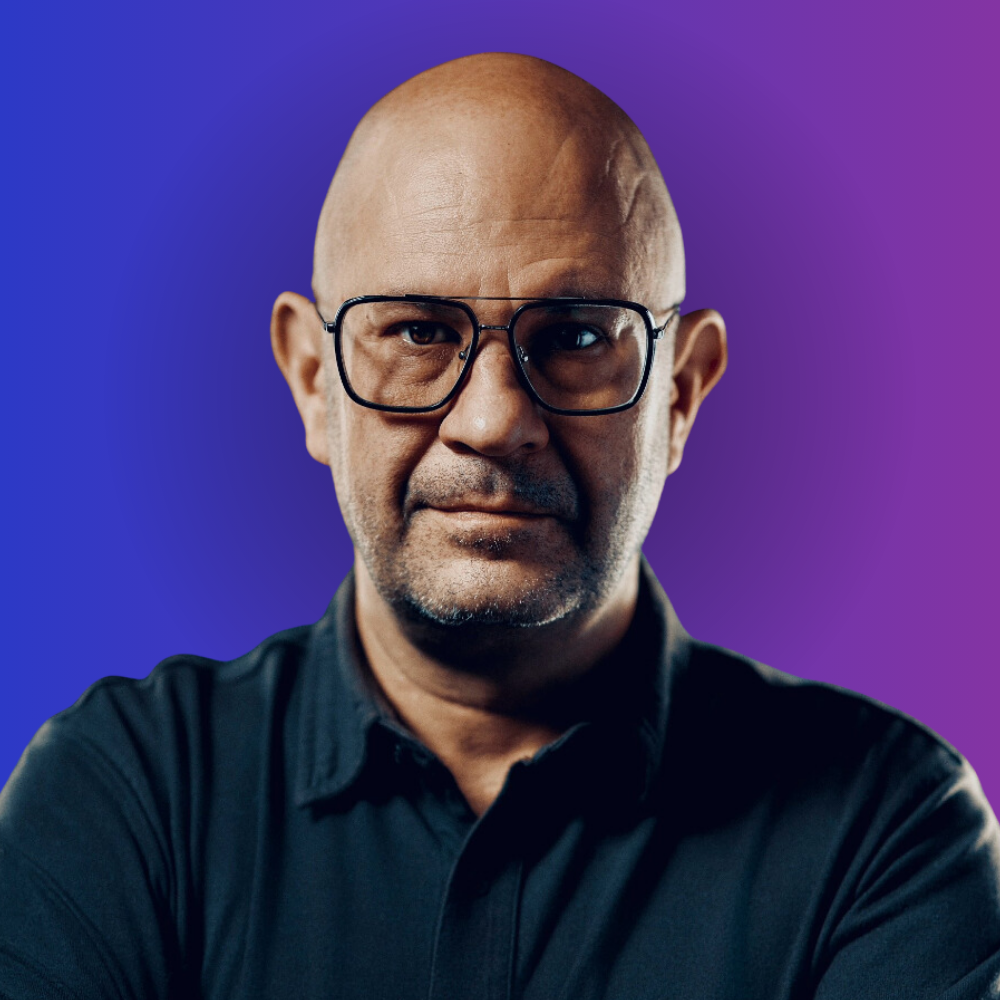
Mike Hruska, President & CEO
Mike Hruska, President & CEO of Problem Solutions, has steered our company into the future as an Augmented Enterprise. With a storied 20-year innovation journey and roots in design thinking and technology research, Mike’s focus on AI Strategy and Organizational Transformation is reshaping how we work together. His philosophy: leverage AI to amplify collective intelligence, shaping a more cooperative and knowledge-driven workplace.
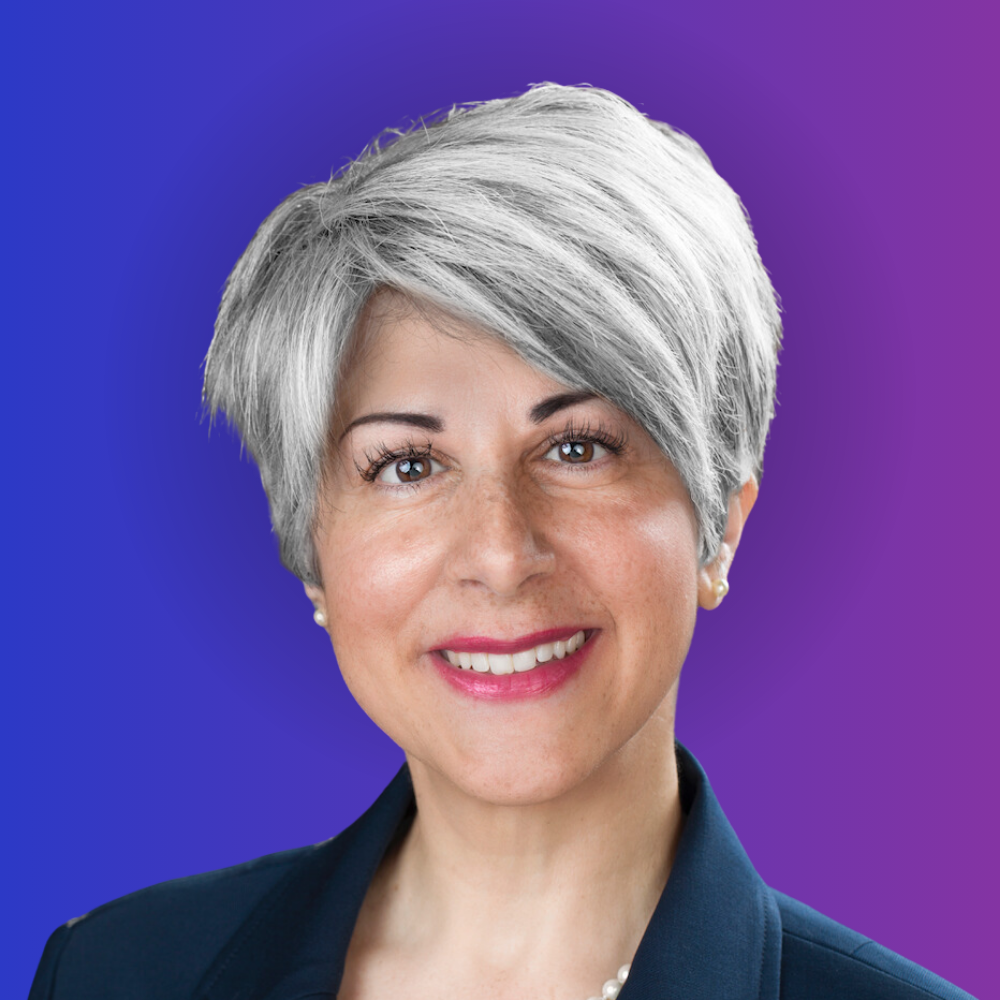
Christina Barss, PhD, Chief Transformation Officer
As our Chief Transformation Officer, Dr. Christina Barss brings her extensive experience in Human-Centered AI Transformation to the helm. With a PhD in Organizational Development, she’s led transformative initiatives across healthcare, manufacturing, and education, ensuring that technology empowers people in times of change. Her vibrant career includes revolutionizing patient care and promoting adaptability, making her an invaluable voice on harnessing AI to elevate human potential.
